Abstract
For infections of the newborn, carbenicillin has theoretical advantages over ampicillin, when given with an aminoglycoside, because of its activity against Pseudomonas and many indole-positive Proteus strains. Agar and broth dilution susceptibility studies demonstrated comparable activities of carbenicillin and ampicillin against coliform organisms but greater resistance of enterococci and Listeria to carbenicillin. However, the significance of the higher inhibitory concentrations is questionable because many serum specimens containing concentrations of carbenicillin lower than the minimal bactericidal values for Listeria and enterococcus strains had demonstrable in vitro bactericidal activity. Carbenicillin and gentamicin combinations had greater antibacterial activities than either drug alone against all enterococci tested and against 50% of Listeria strains. The questions of efficacy raised by contradictory in vitro data may be answered by clinical studies of carbenicillin and gentamicin in infections of the newborn.
Full text
PDF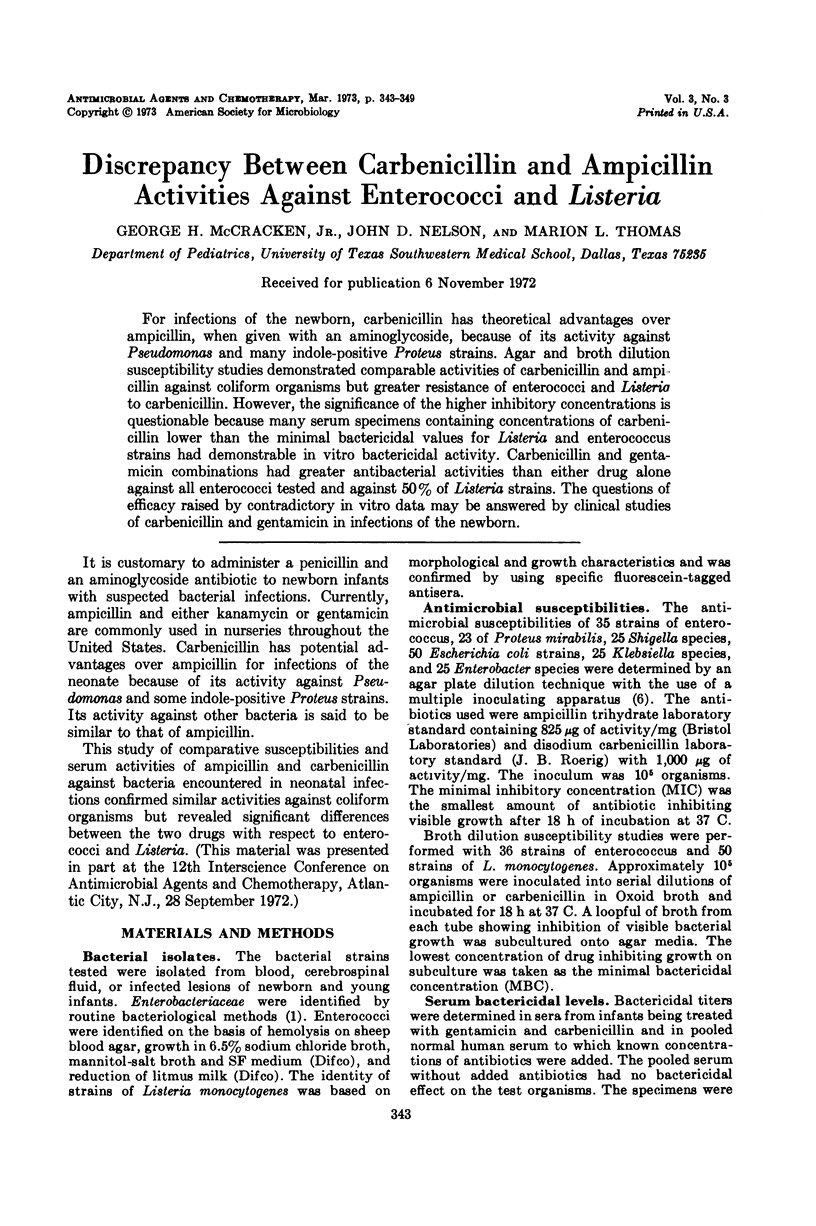
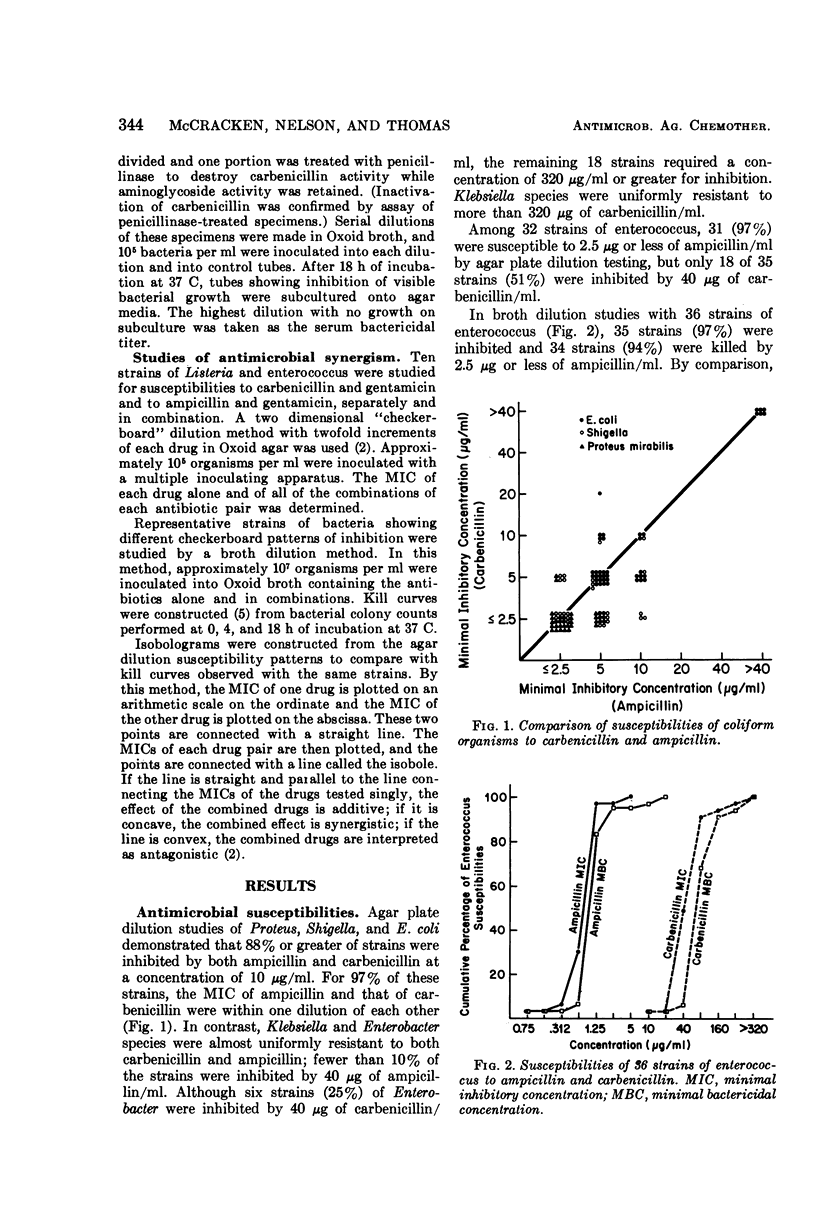

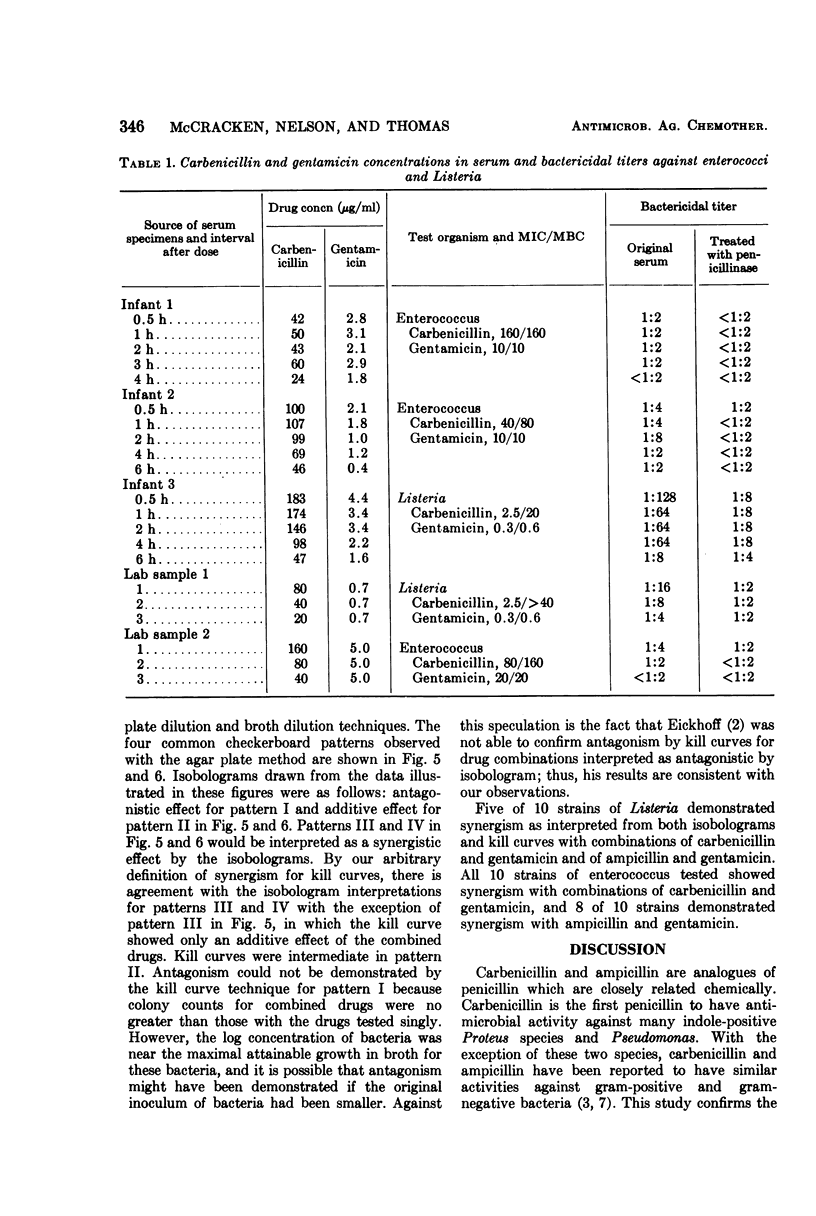
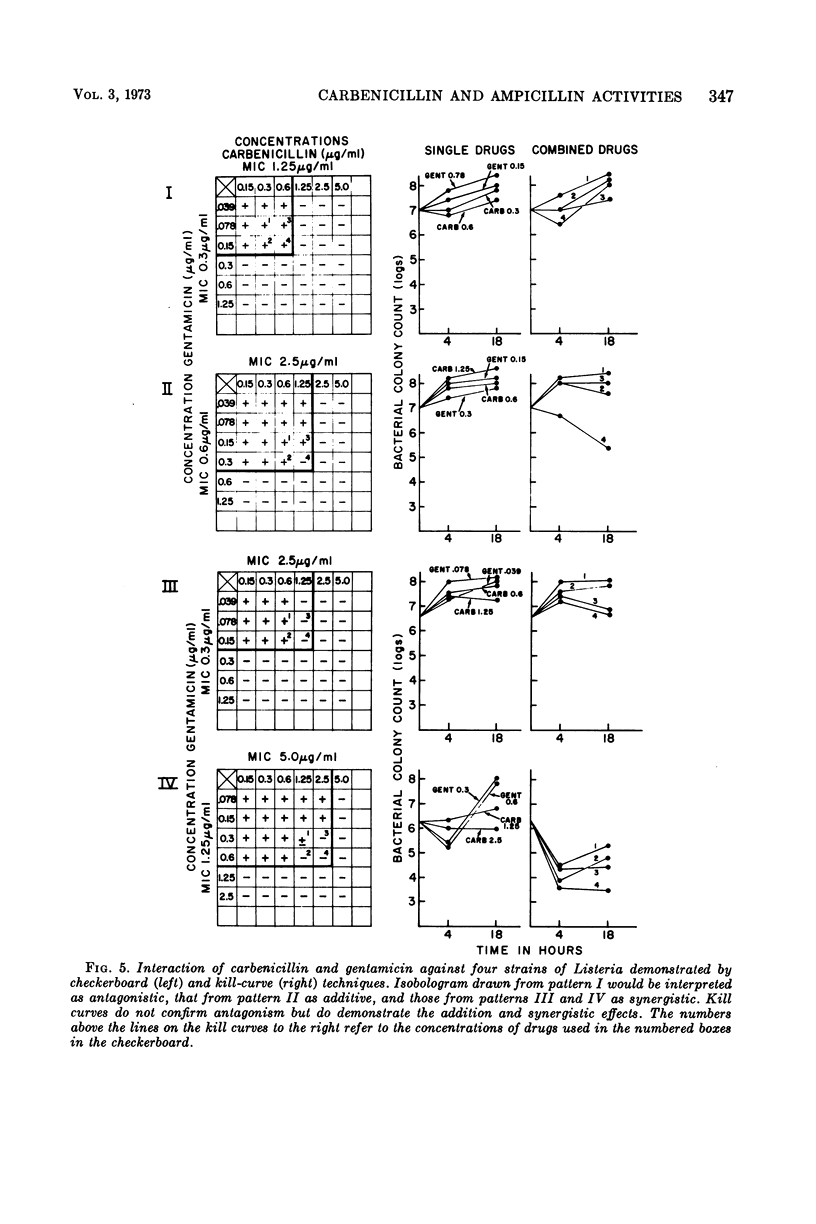
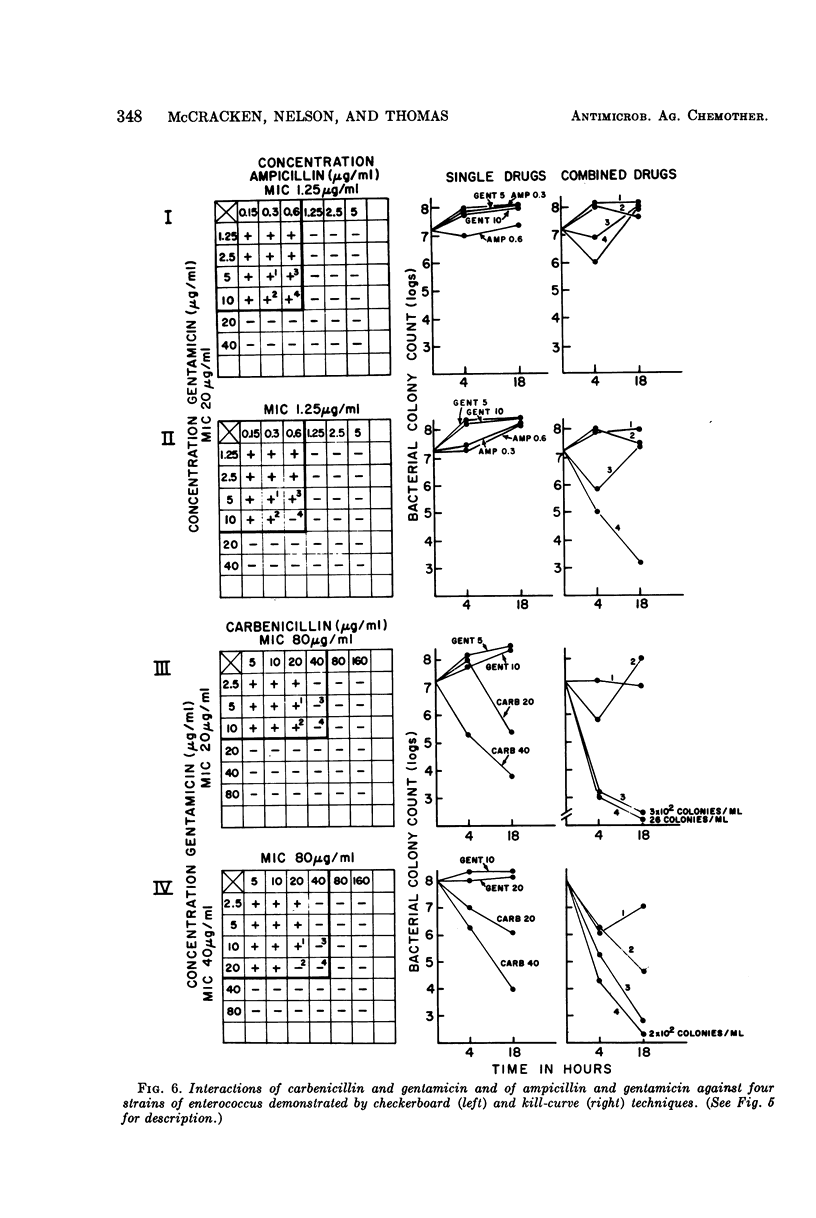
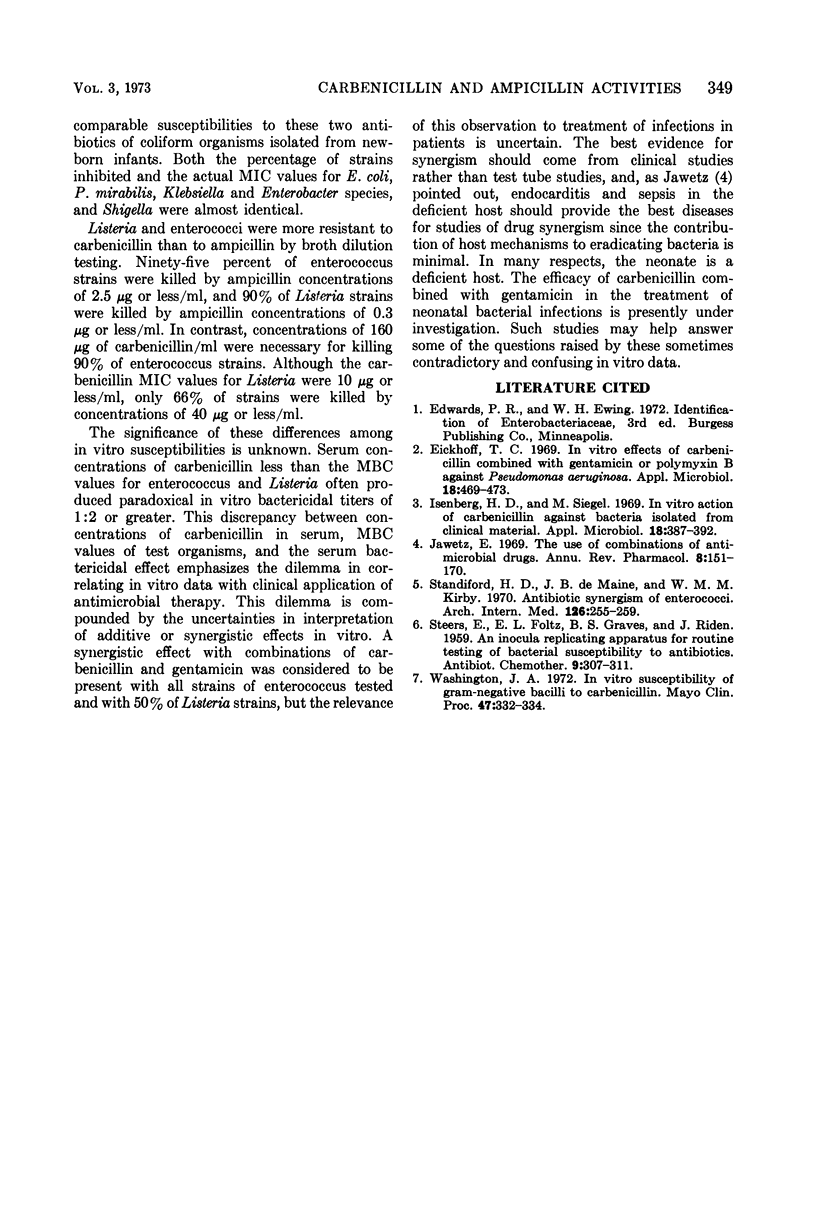
Selected References
These references are in PubMed. This may not be the complete list of references from this article.
- Eickhoff T. C. In vitro effects of carbenicillin combined with gentamicin or polymyxin B against Pseudomonas aeruginosa. Appl Microbiol. 1969 Sep;18(3):469–473. doi: 10.1128/am.18.3.469-473.1969. [DOI] [PMC free article] [PubMed] [Google Scholar]
- Isenberg H. D., Siegel M. In vitro action of carbenicillin against bacteria isolated from clinical material. Appl Microbiol. 1969 Sep;18(3):387–392. doi: 10.1128/am.18.3.387-392.1969. [DOI] [PMC free article] [PubMed] [Google Scholar]
- Jawetz E. The use of combinations of antimicrobial drugs. Annu Rev Pharmacol. 1968;8:151–170. doi: 10.1146/annurev.pa.08.040168.001055. [DOI] [PubMed] [Google Scholar]
- Standiford H. D., De Maine J. B., Kirby W. M. Antibiotic synergism of enterococci. Relation to inhibitory concentrations. Arch Intern Med. 1970 Aug;126(2):255–259. [PubMed] [Google Scholar]
- Washington J. A., 2nd In vitro susceptibility of gram-negative bacilli to carbenicillin. Mayo Clin Proc. 1972 May;47(5):332–334. [PubMed] [Google Scholar]


